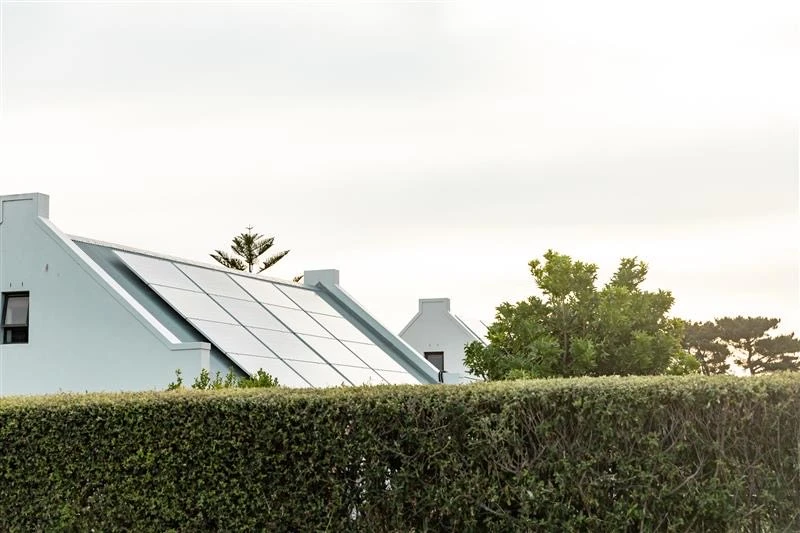
With rising electricity costs, more Filipinos are turning to renewable energy—particularly solar power—for their homes.
Learn how Filipino students are being prepared to lead in renewable energy through Mapúa University’s launch of the Philippines’ first Energy Engineering program.
Dr. Jaime Honra, program chair of the School of Mechanical, Manufacturing, and Energy Engineering at Mapúa University, emphasized the importance of choosing the right solar power system to ensure savings and efficiency.
Solar power uses photovoltaic (PV) panels installed on rooftops to capture sunlight and convert it into electricity. According to Dr. Honra, homeowners must first understand the three main types of systems before deciding which to install:
Discover Filipino innovation in renewable energy with Mapúa’s Carvey Maigue winning the first-ever James Dyson Award for Sustainability.
-
Grid-tied solar system: An affordable option that works during the day while remaining connected to power distributors. Excess energy can earn credits through net metering.
-
Off-grid solar system: Fully independent from the grid, storing power in batteries for nighttime use or blackouts. Best for remote or unstable areas, though more costly due to battery replacement every five to ten years.
-
Hybrid solar system: A flexible solution that combines grid-tied and off-grid features. It stores extra energy in batteries and provides backup during outages, but requires a higher upfront investment.
Celebrate academic excellence with Mapúa University winning the Philippines’ first Wharton-QS Digital Readiness Gold Award.
“Homes with reliable power distributors are best suited for Grid-tied or Hybrid systems, while locations without or unstable grid access, or those experiencing frequent brownouts, should opt for Off-grid or Hybrid solutions,” Dr. Honra said.
Before installation, energy engineers conduct a solar site survey to analyze a home’s roof, electrical system, and energy consumption. Licensed providers are recommended to ensure typhoon-rated mounting systems and proper installation.
While solar systems require upfront costs, the benefits include long-term savings. Households can cut nearly a quarter of their electricity bill within the first year, with a return on investment achieved in three to nine years.
However, Dr. Honra cautioned: “You can install a beautiful ₱300,000 solar system, but if your household’s energy habits don’t align with how solar power works, you won’t maximize savings. Solar panels only produce power during the day, roughly from 9 AM to 4 PM. Like inverter aircons that save more if used continuously than turning them on/off, solar panel savings need strategic daytime usage.”
Mapúa University continues to advance renewable energy through its pioneering BS Energy Engineering program, training future experts to help the country achieve energy security and a greener economy.
Discover more inspiring stories on how Filipinos are embracing renewable energy and innovation by exploring the latest features on GoodNewsPilipinas.com.
Join our vibrant Good News Pilipinas community, where we celebrate the achievements of the Philippines and Filipinos worldwide! As the Philippines’ No. 1 Website for Good News and proud winners of the Gold Anvil Award and Lasallian Scholarum Award, we invite you to connect, engage, and share your inspiring stories with us. Together, let’s shine a spotlight on the stories that make every Filipino proud. Follow us on all platforms through our LinkTree. Let’s spread good news and positivity, one story at a time!










